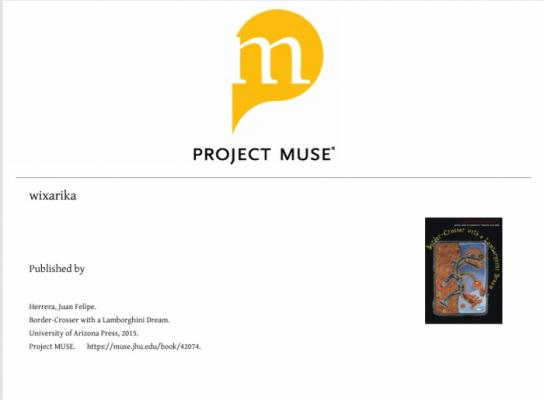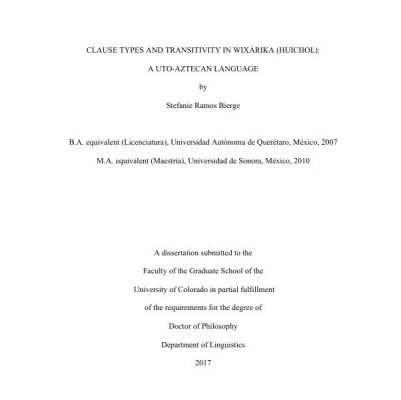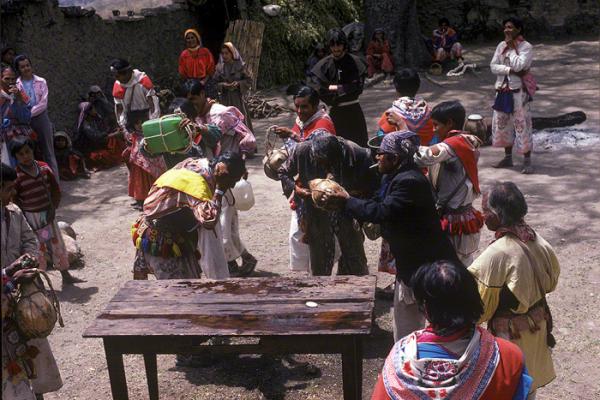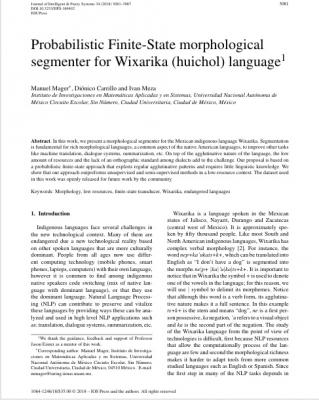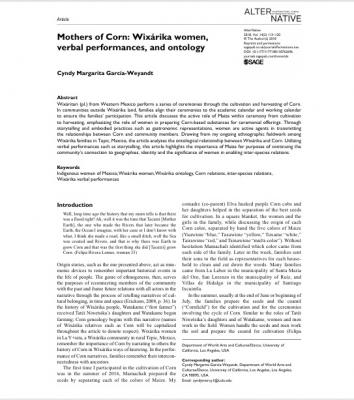Cyndy Margarita García-Weyandt
| January 2018
Wixáritari (pl.) from Western Mexico perform a series of ceremonies through the cultivation and harvesting of Corn. In communities outside Wixárika land, families align their ceremonies to the academic calendar and working calendar to ensure the families’ participation. This article discusses the active role of Maize within ceremony from cultivation to harvesting, emphasizing the role of women in preparing Corn-based substances for ceremonial offerings. Through storytelling and embodied practices such as gastronomic representations, women are active agents in transmitting the relationships between Corn and community members. Drawing from my ongoing ethnographic fieldwork among Wixárika families in Tepic, Mexico, the article analyzes the ontological relationship between Wixárika and Corn. Utilizing verbal performances such as storytelling, this article highlights the importance of Maize for purposes of continuing the community’s connection to geographies, identity and the significance of women in enabling inter-species relations.
